Cuba Holiday - Transport Options When in Cuba
A Cuba holiday is like taking a trip back in time. The buildings are breathtakingly beautiful although many are still in ruin and the people are "cool," happy and relaxed. You feel like you are in an old movie set when on the street looking at transport which ranges from horse and cart to superbly restored old classic cars.
Here are the main transport options for those traveling while on a Cuba holiday along with a few tips:
Cuba by tourist bus:
It is easy to travel around Cuba by tourist bus, particularly between the key cities and towns of interest to travelers. Services operate to Cienfuegos, Pinar del Rio, Vinales, Santa Clara, Santiago de Cuba, Trinidad, Varadero, Holguin and Habana.
Essentially there are two operators, Viazul and Transtur. There isn’t much difference in the price or service level. The key difference is that you can arrange for Transtur to pick you up and drop you off at centrally located hotels.
With Viazul you need to get to a bus depot and will be dropped off at the bus stop at your destination.
On first thought you might be tempted to elect to travel with Transtur because of ease of being picked up at your hotel. However, it can be less convenient. Once my bus arrived to pick me up 1 ½ hours after the scheduled pick up time simply because of the number of people they needed to pick up first. It was a very long wait in the searing sun. However, other times this worked for me. I recommend checking the location of the depot to your hotel and then deciding.
If, at the destination, you are the first one or two to be dropped off then that’s a great outcome.
Some buses have toilets and some not. Generally the buses are reliable, comfortable and air conditioned which may or may not work.
Bookings: Infotour sells tickets to many Cuban activities, including bus tickets. They also provide general information to tourists. Many hotels have tour desks and you can book there. You can book at the bus stations. If you are staying in a Casa Particulares (homes of locals) your host will be able to book the bus, particularly if your Spanish is rusty.
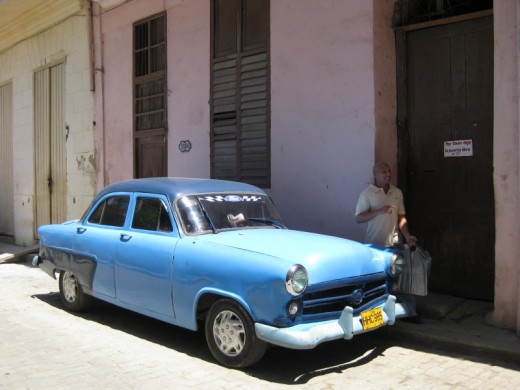
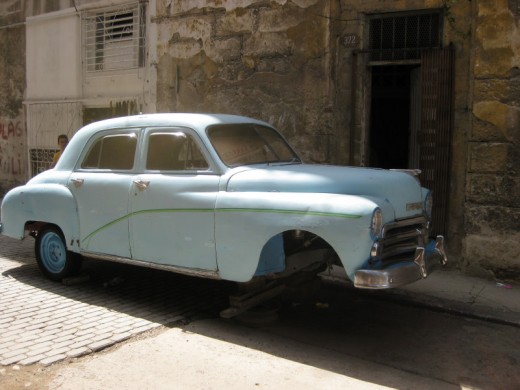
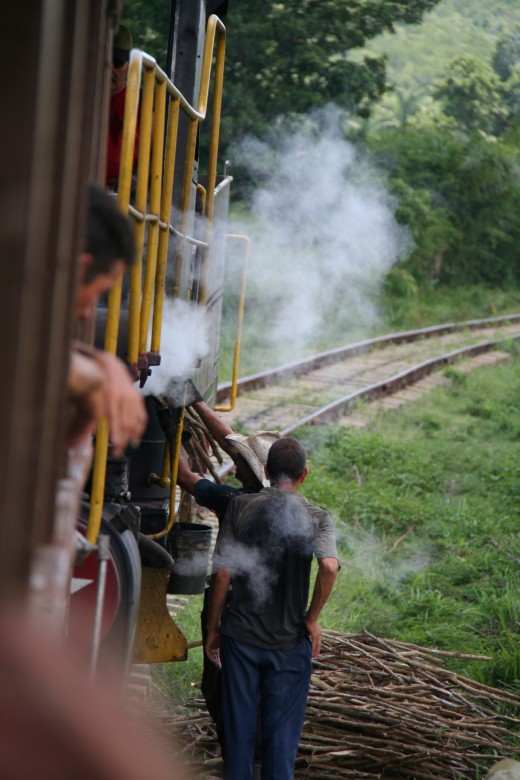
Cuba by train:
Cuba has an extensive track network, however, it is a little antiquated. You need patience to travel this way though because the trains often run late. Main routes for travelers are Habana to Santiago de Cuba and Habana to Santa Clara.
Tickets for foreigners must be paid in convertible pesos. In Habana you can purchase tickets at the station.
Tourist day trips operate to Valle de los Ingenios by train. This interesting day trip is out of Trinidad and will take you, slowly, to the site of sugar mills. The area has a chequered history the sugar trade used slaves.
The steam train is old, the sides of the carriages are open and the seats wooden.
However, it is a most interesting trip through the countryside to the pretty valley.
Tickets are available from any one of a number of tourist desks in Trinidad. Take care you leave plenty of time to get to the station though. I was told to take a particular road and at the T junction turn right and walk until I saw a pink building. Perhaps it was lost in translation because I should have turned left and the building was aqua!
The Hershey electric railway also operates a scenic trip. Built in 1917 by the Hershey Chocolate Company during the years they operated here. It runs five times a day between Habana and Mantanzas.
Tickets are available at the station.
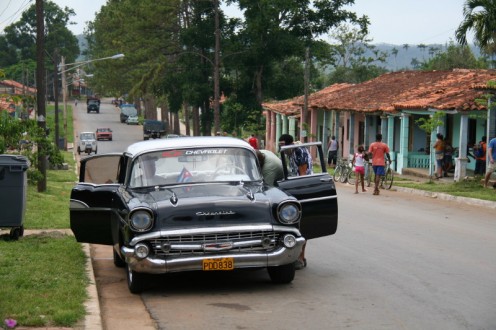
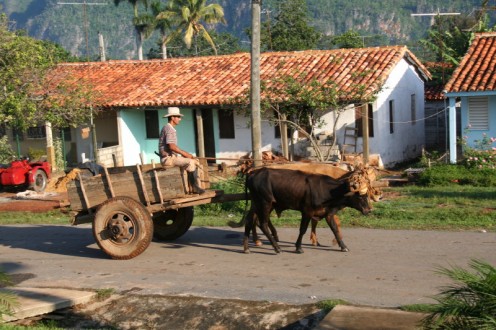
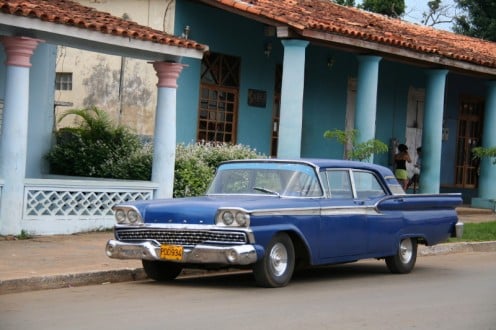
Cuba by Air:
When on your Cuba holiday it is possible to travel by air within the country. The local airline Cubana de Aviacion operates flights between Habana, Baracoa, Bayamo, Camaguey, Cayo Largo del Sur, Ciego de Avila, Guantanamo, Holguin, Isla de la Juventud, Manzaillo, Moa and Santiago de Cuba.
Tickets are available at many hotel tour desks and at travel agencies. My guide book said that you can’t buy open jaw tickets but as I traveled overland, I am unable to confirm that.
Cuba by rental car:
Rental cars are readily available and many are modern and in good condition.
I recommend that you check the quality of the car when booking or picking it up.
There are many rental agencies such as Cubacar, Havanautos, Micar, and Rex Renta a Car. Some have desks at major hotels and at Terminal 3 Aeropuerto Internacional Jose Marti.
Try to get a map before you leave your country as they are very difficult to find when you are on your Cuba holiday. They are available at the international airport. However, don’t assume that if you are flying into Cuba you will actually land at the international airport though. My flight came from Mexico and for some unknown reason, we landed and were processed through immigration at the domestic airport where there are few facilities (including nowhere to change money and the local currency the CUC is only available once you are in Cuba).
In many places the roads are in poor condition. Locals simply take a wide arc around the big pot holes. There is not much traffic on the roads and so driving conditions are pleasant.
Cuba has the very best innovation regarding utilizing empty seats. People just stand by the road and wait for a ride in a vehicle. Government vehicles must pick people up. Vehicles are identified by a variety of different colored number plates.
Tourist vehicles are exempt from this but most of the tourists I spoke to offered locals a ride. The major benefit of doing that was having an opportunity to interact with locals and a built in GPS! Roads are not always well signposted. Be careful your belongings are secure as two couples I spoke to lost some belongings. Everyone said the experience was enriching and even those who had belongings stolen still picked locals up.
It’s wise to fill the tank up with gas when you see a station because they are intermittent.
Cuba by Classic Car:
An absolute must is a ride in one of the numerous classic cars plying their trade in this fascinating country. Generally they are available for short rides around the key cities and towns.
They have had a rich history these cars. Some even have bullet holes in their doors.
Many of them are kept in immaculate condition. Cubans are masters at keeping these classic vehicles together with whatever tools and ingenuity they have available.
The classic cars come in many different makes and are roomy. The drivers are generally colorful characters too. Ensure you agree the price and what you are getting for that price. Cruising around the city of Habana while on a Cuba holiday is a “must do” activity.
They are available at many different locations. However the main one area for selecting one is in front of Capitolio Nacional (a building similar to the US Capitol Building).
Hop on Hop off Bus:
In Habana, Vinales and Varadero the Hop on Hop Off bus operates to a set route and timetable. They are an easy, cheap (but touristy) way to orientate yourself with the area. Tickets are available on board or at the tourist desks. They are generally reliable and with helpful staff.
Cuba by Horse and Carriage:
In this country the horse and horse and cart are still an extremely common form of transportation for moving goods and locals. They amble genially along the roads.
The horse and carriage is also common mode of transport throughout Cuba. Some have been converted to take tourists. There are many contraptions. In Habana, near the Capitolio Nacional you cannot miss them as they line up, looking very grand, early morning ready for the days trade.
Cuba by Camel
Tourists on a Cuba holiday can join the locals on a bus or cammellos (camels) which are huge two hump buses pulled by trucks. They are in demand and tightly packed.
Of course taxis are also readily available, not expensive and reliable. Some are Lada’s but many are modern vehicles with proud drivers. Agree a price before taking a ride.
A Cuba holiday is sure to imprint rich memories on your heart. Despite their poverty and shortages, the Cubans are generally happy and extremely proud of their country. They want you to be happy too. Like many countries, a smile helps a lot. They have time; lots of time and are relaxed.
All words and photographs are copyright Travelespresso. Please ask for permission if you wish to use them.
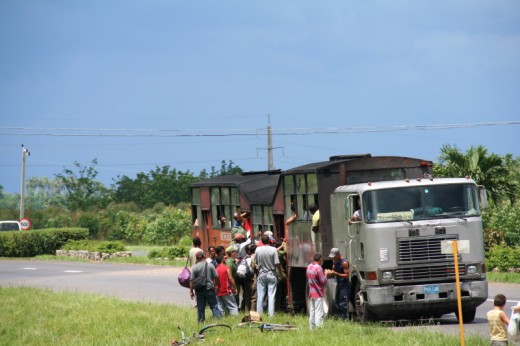
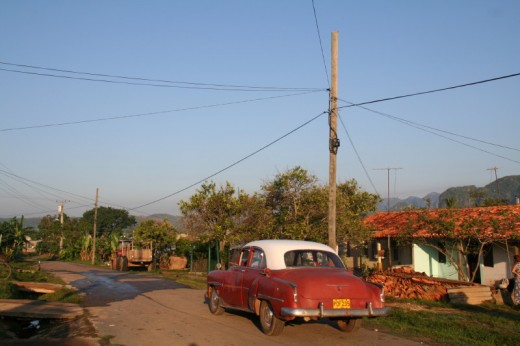
More hubs by Travelespresso
- Walking in the Mountains of Sapa Vietnam
Sapa is in the mountains northwest of Hanoi and very close to the Chinese border. Nearby villages are fascinating to visit. Its worth spending several days here to trek to the villages where life is of a bygone era and rice paddies cascade down the m - New Wine Knowledge Excites but Will it Bore?
Wine classes have helped this wine lover to identify aromas and separate out some of the myriad of complex flavors in a glass of wine. It's been a revelation. In earlier years, Id been perplexed by the analysis and information wine buffs got from a - Great Sydney Beach Walk Enhanced by Sculptures
The stunning Sydney walk from Bondi Beach to Bronte is enhanced by the annual Sculpture by the Sea exhibition. Works are displayed in rock faces, high on the hill, down by the crashing waves and on sandy beaches. Photos... - Scenic Flying - How It Used to Be in the 1940's
The scenic flight cruised slowly over the sprawling city of Auckland, its magnificent sparkling harbor beautifully laid out below us. We're passengers in a DC3 aircraft restored by enthusiasts - she's an ex commercial aircraft and served in the war.










